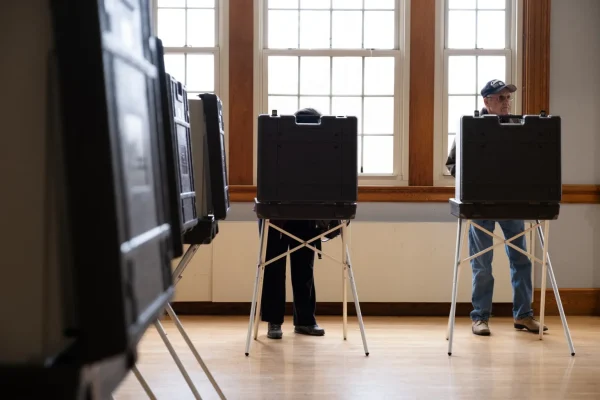A rocky road: The Taliban’s promise of peace
On Feb. 29, 2020, the U.S. finalized a milestone peace agreement with the Taliban to withdraw U.S. and allied troops over the course of 14 months. Under the same agreement, titled “Agreement for bringing Peace to Afghanistan,” the Taliban agreed to refrain from measures that would threaten American and allied security, nor aid forces opposing the U.S.
The U.S.-Taliban peace agreement comes as an end to the decades-long U.S. War in Afghanistan, which started after the Sept. 11, 2001 attacks. According to a 2019 United Nations report, more than 100,000 civilian casualties have been documented in Afghanistan, including more than 35,000 deaths and 65,000 injuries since 2009.
With the Taliban taking control over the nation as the dust of the finalU.S. withdrawal settles, the question of whether the Taliban managed to keep their promise of peace stands. Recent actions by the Taliban have indicated otherwise.
On Aug. 18, amid evacuation efforts within Kabul’s airport, the Taliban was observed to be preventing people from entering the compound–including those with the proper documentation and travel forms. Witnesses described seeing the Taliban firing into the air to disperse crowds and when that did not work, pushing and beating people with AK-47 assault rifles.
A Taliban official told Reuters, “We have no intention to injure anyone.”
Reports of the Taliban painting over a U.S.-Taliban peace agreement mural, among other works of art across Kabul, have risen. The mural was replaced by a quote describing the Taliban as the “true defenders” of Afghanistan, according to a report in the New York Post. The Taliban flag was painted across the outer walls of the U.S. Embassy in Kabul.
On Sept. 4, the Taliban used tear gas and pepper spray to disperse a women’s rights rally in Kabul. Their calls for the right to work and the ability to have a say in their newly established government went unheard as the Taliban fired live rounds into the air. In previous public announcements, senior leaders of the Taliban said women would have rights under the new government.
Days later on Sept. 7, the Taliban used whips, batons and rifle butts to put down the largest protest to date since the Taliban took over in August.
Thus far, it is remarkably clear that the Taliban has not been able to keep their promise of peace. Discrepancies in human rights and political stances present a habitual inability for the Taliban to uphold their public positions.
But, as the Taliban government solidifies itself within Afghanistan in the coming months, is there any possibility that it will move back on the pathway towards peace?
This remains unlikely, as reports continue to rise detailing the Taliban’s close ties with Al-Qaeda and seeking out the terrorist group’s advice during negotiations with the U.S in 2020, despite agreeing to break ties under the original peace agreement.
The Taliban’s interim government for Afghanistan is also raising concern in the U.S. State Department. The cabinet includes at least one member on the Federal Bureau of Investigation’s wanted terrorist list, Sirajuddin Haqqani, who will serve as the interior minister. A number of other cabinet members also appear on U.N. sanction lists.





